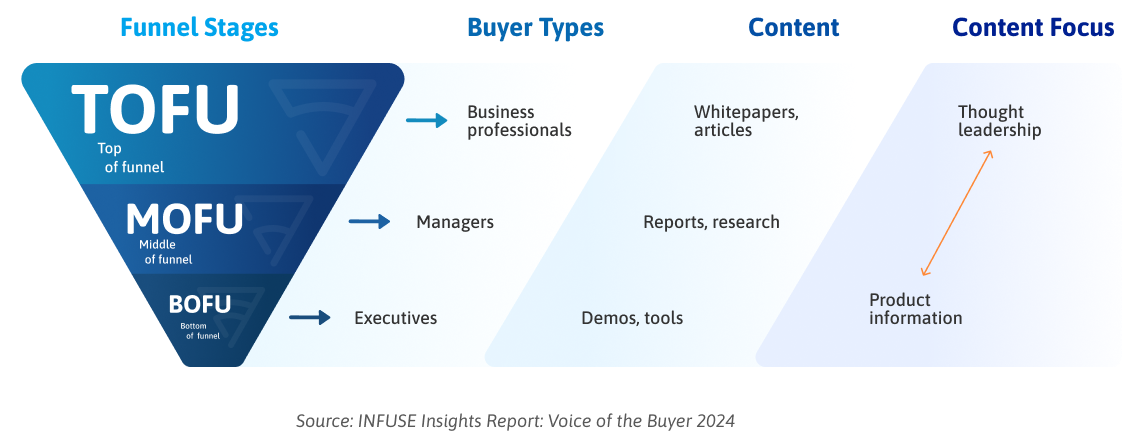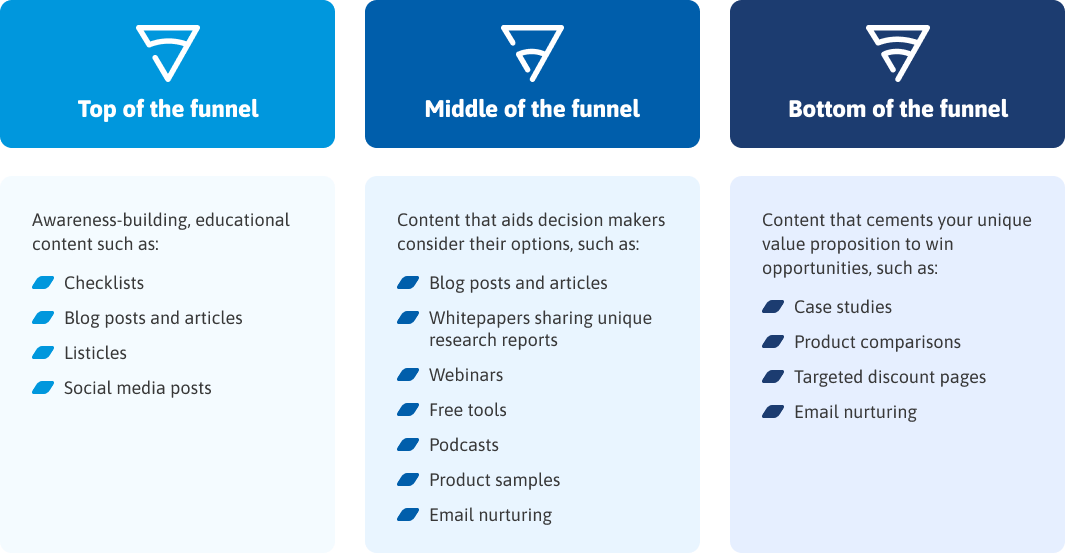Economic uncertainty, the consequential rise in client scrutiny and expanding buying groups (INFUSE Voice of the Buyer, 2024) have made delivering a high-quality digital experience a top priority.
With 80% of clients believing that the client experience (CX) a company provides is as important as its products and services (Salesforce, 2023), crafting an engaging and client-centric digital experience is vital for engaging the buying committee and demonstrating the unique value of the products they are considering.
This article breaks down five ways to improve your B2B digital experience, including how to orchestrate omnichannel strategies to ensure consistent and compelling messaging.
















